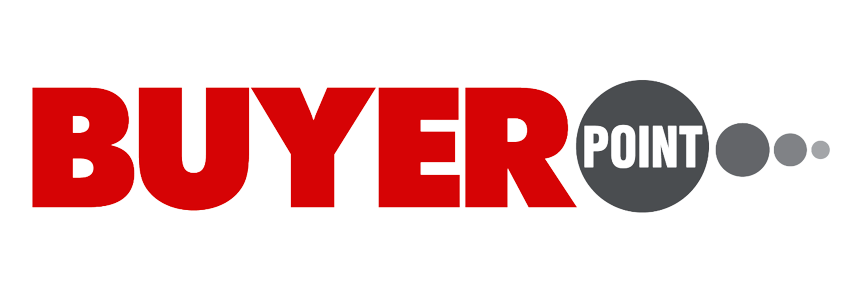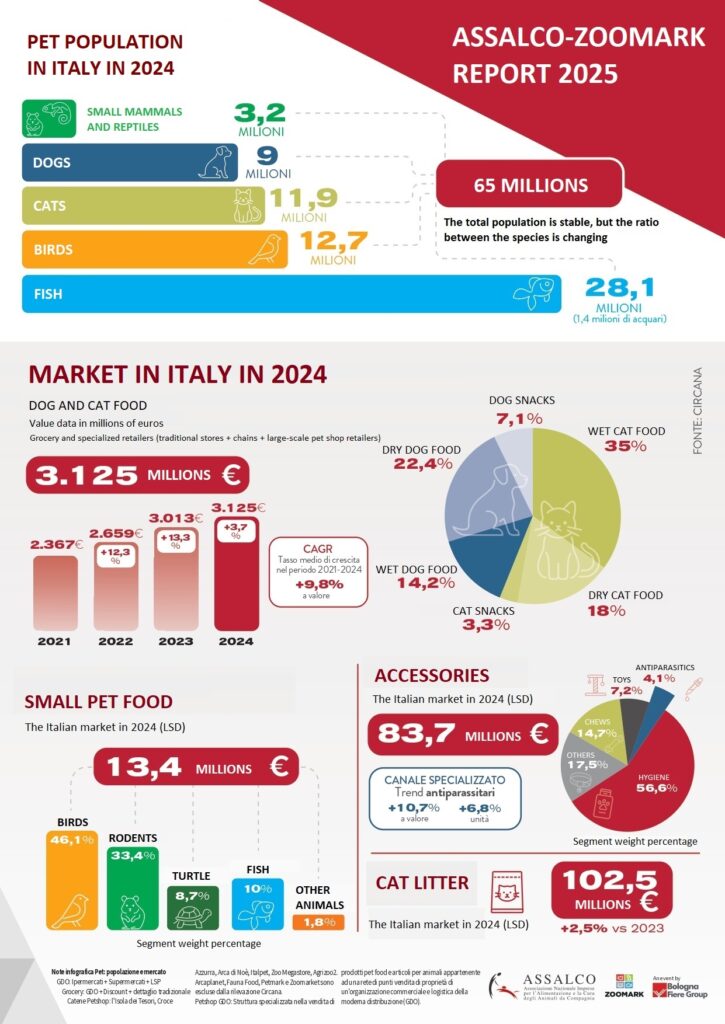Pet: the Assalco report reveals the figures for the sector
The XVIII edition of the Assalco-Zoomark Report was presented on May 5th during the Zoomark International trade fair in Bologna. This annual publication, supported by scientific evidence, research, and expert contributions, is produced by ASSALCO, the industry association. It documents the evolution of the pet food and pet care market in Italy, providing an up-to-date snapshot of the importance of companion animals in families and society.
THE PET POPULATION IN ITALY
In Italian families, live nearly 65 million pets. This figure is stable overall compared to 2023 but reveals different dynamics within it. On one hand, the number of fish (28.1 million, equivalent to an estimated 1.4 million aquariums) and birds (12.7 million) is decreasing. On the other hand, the number of dogs and cats is increasing, exceeding 20 million animals.
There is a prevalence of cats, estimated to be just under 12 million, registering a growth of over 1 million. Although more contained, dogs also show an increase, mainly attributable to small-sized dogs. The population of small mammals and reptiles remains stable at over 3 million.
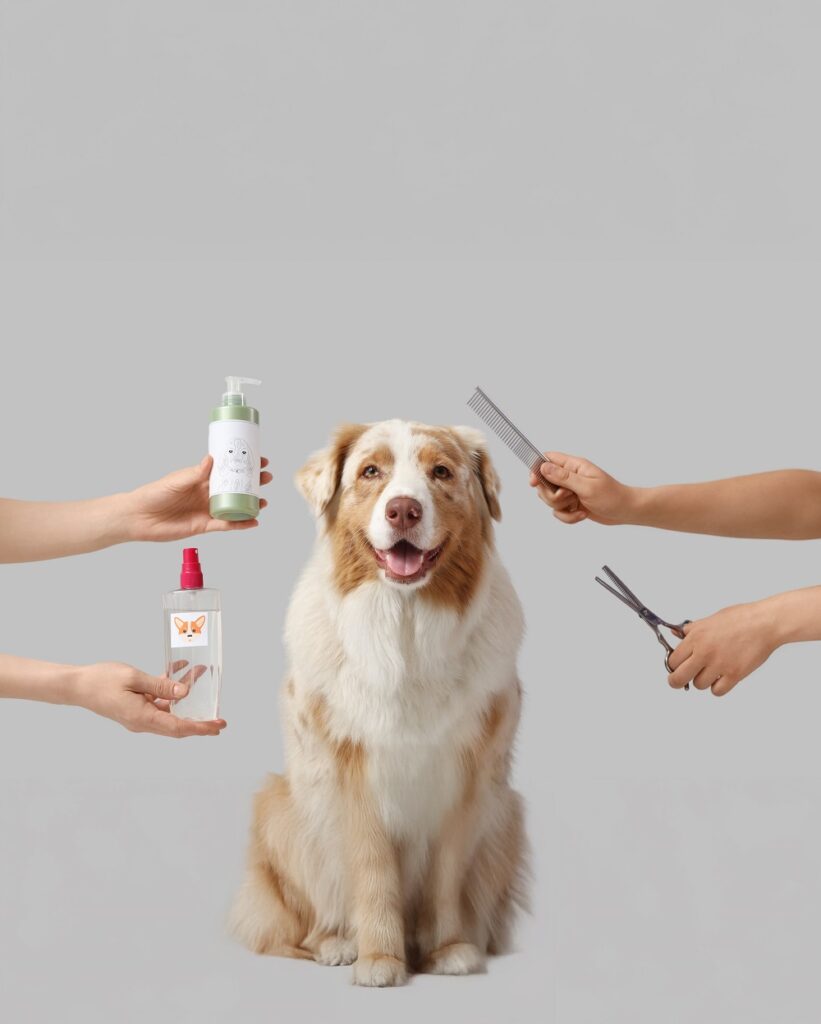
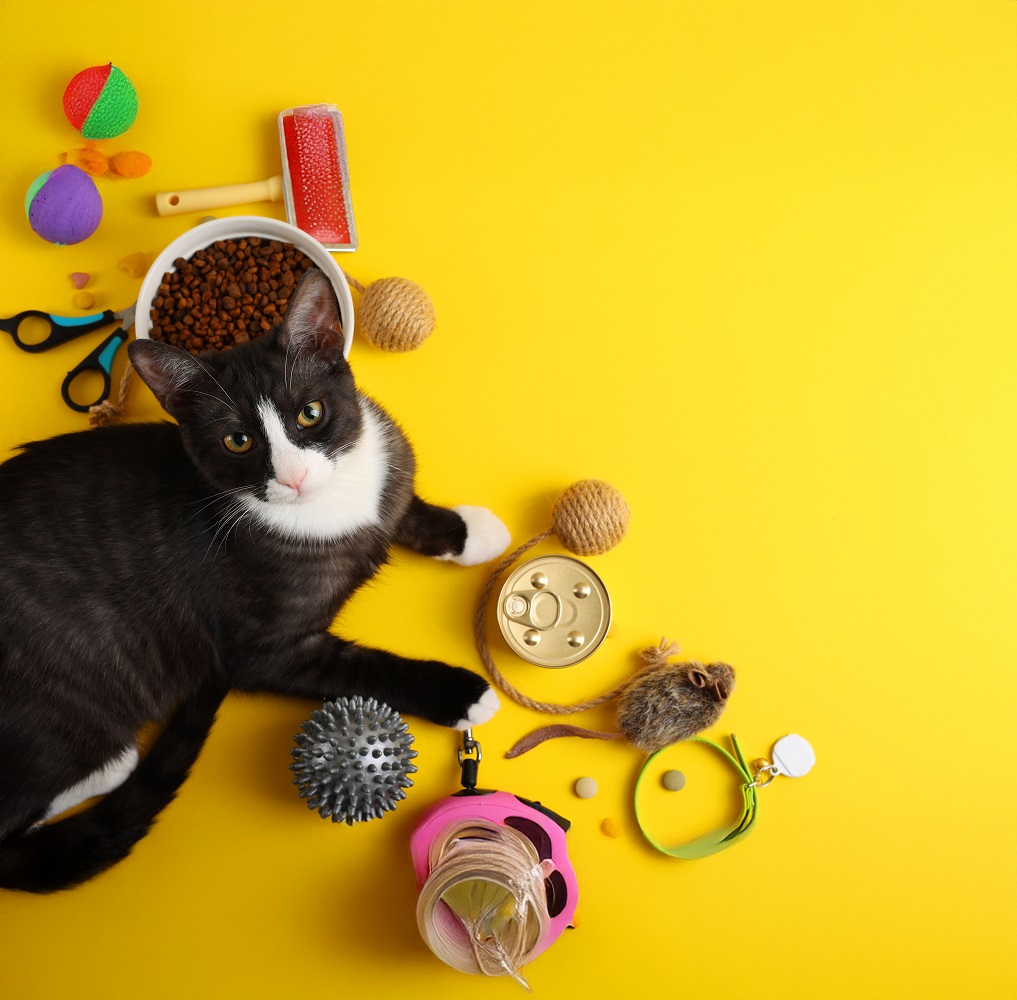
SEGMENT ANALYSIS: CAT PRODUCTS ARE DRIVING GROWTH
Cat products account for 56.3% of the total value, with a turnover of 1,758 million euros, and show a growing trend (+5% compared to 2023), driven by wet food (+5.3%). Dog products also recorded a +2.1% increase, reaching 1,367 million euros, with stronger growth in dry food (+2.3%).
Compared to the total pet food market, the wet food segment remains the most significant with a 49% share and shows a value growth of 4.3%. Dry food follows with a 40.4% market share and a value increase of 13.4%.
Overall, functional and out-of-meal snacks for dogs and cats continue to show positive trends only in terms of value (+4.2%), but the cat segment recorded double-digit growth in both value and volume, at +10.2% and +11.5% respectively.
An analysis conducted on 50 retailers across Italy reveals a growing interest in “complementary products” in the form of tablets, powders, and pastes aimed at providing specific functional integrations to support the well-being of companion animals as a new trend in the pet food market: 41% of owners know and purchase this category of products, 52% have a positive opinion of them, and 79% are willing to use them for their pets.
Regarding distribution channels, Large-Scale Retail Chains + Pet Shops show double-digit value growth for wet dog food (+10.5%) and wet cat food (+14.1%), and also record good performance in dry dog food (+8.6%) and dry cat food (+9.7%). Value increases are more contained in Grocery stores and Traditional Pet Shops for wet dog and cat food (+3.2% in both) and for dry cat food (+2.6% and +3% respectively), while dry dog food grows only in Traditional Pet Shops (+2.3%). Finally, in the Snacks sector, the cat segment grows significantly in value both in Grocery stores (+10.9%) and in Large-Scale Retail Chains + Pet Shops (+11.3%), less so in Traditional Pet Shops (+3.7%).
FOOD FOR OTHER PETS AND ACCESSORIES ARE DECLINING
In 2024, the “food for other companion animals” market recorded a turnover of 13.4 million euros in Large-Scale Retail, marking a value decrease of -3.9% against a volume reduction of -4.5%, with similar dynamics in the hypermarket, supermarket, and self-service channels.
The accessories market in Large-Scale Retail also shows a decrease in turnover of -2.6% and in units sold of -0.7%, with a larger decline in hypermarkets (-7.3%), which account for a quarter of the total turnover. However, it should be noted that since this data refers exclusively to Large-Scale Retail, it may not reflect overall trends. Accessories are, in fact, available with a wide number of SKUs in both specialized channels and online. This is the case for antiparasitics, a segment that has seen product innovation in recent years, which are down in both value and units in Large-Scale Retail, but in the Specialized channel (Chains + Large-Scale Retail Pet Shops + Traditional Pet Shops) they grew by 10.7% in value and +6.8% in units.
Finally, cat litter: although considered accessories belonging to the hygiene segment, they are surveyed separately as they constitute the most important non-food segment in the Large-Scale Retail channel, with a turnover of over 102 million euros. In 2024, the market recorded a value growth of +2.5% and a volume growth of +1%.
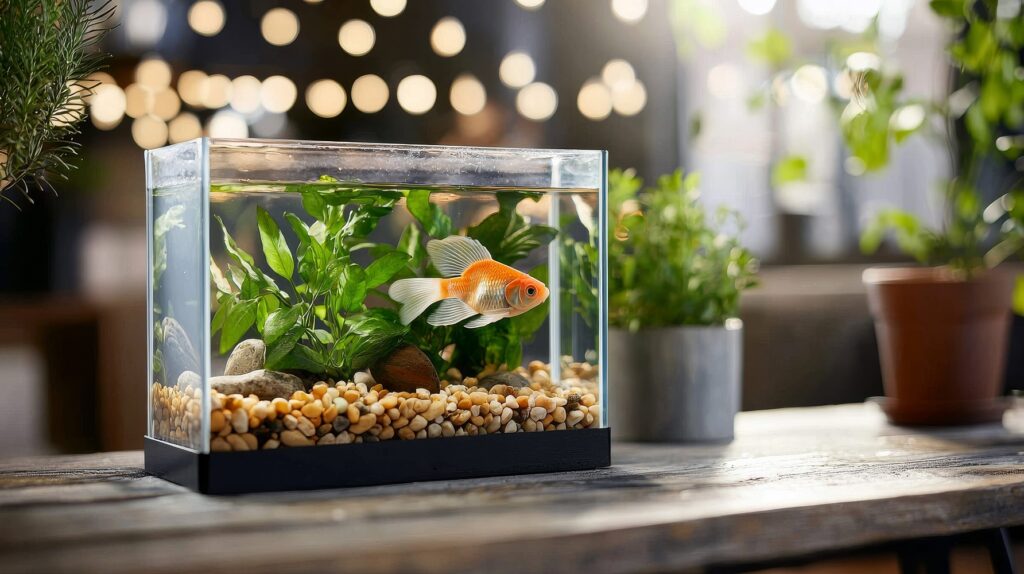
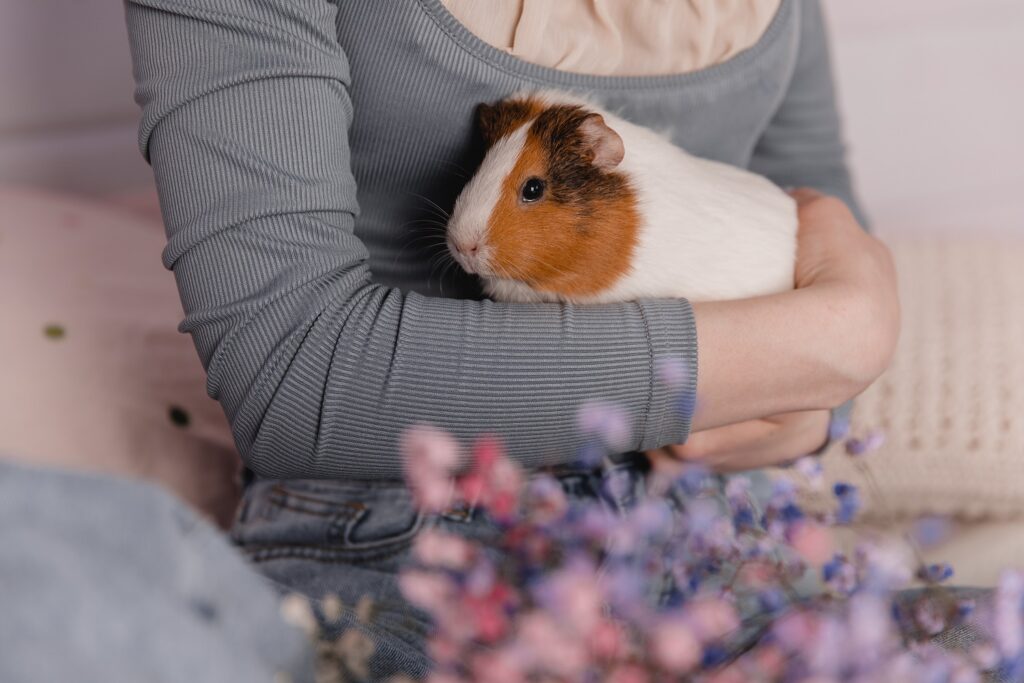
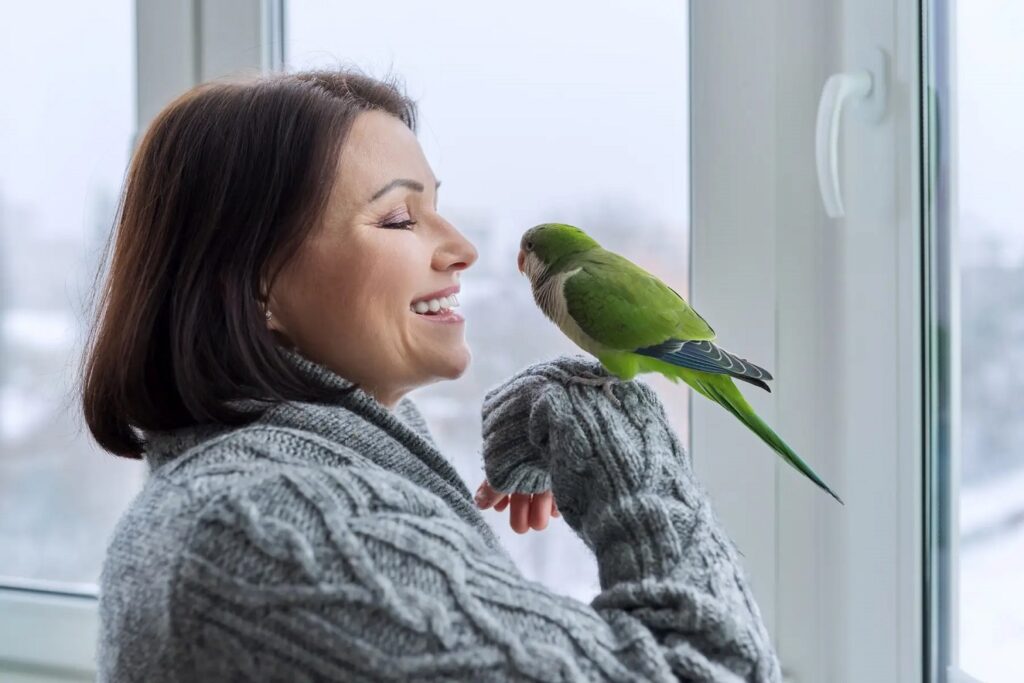
THE GROWTH OF E-COMMERCE
Based on internal data processing, the total value of the online market for dog and cat food in Italy in 2024 amounts to 451 million euros, with a year-on-year growth of 8.2%, driven by cat products.
The Report was presented at the opening conference of Zoomark, one of BolognaFiere’s prized events. For over 20 editions, it has accompanied the growth of the pet industry, interpreting market needs and presenting its main trends.
In 2024, dog and cat food products – which undoubtedly represent the main segment of the pet food and pet care market – generated a turnover of over 3.1 billion euros in our country, with a value increase of 3.7% compared to 2023.
This is a positive result, although it represents a slight slowdown in terms of volume, which recorded a -1.4% and realigns the figure to the 2021 level. Placing the value trend in the broader context of consumption in Italy, it is noted that the dog and cat food sector once again outperformed the Packaged Consumer Goods sector, which grew by 2.1%. The performance of the dog and cat food market recorded this year is part of a strongly positive medium-term trend that shows an average growth rate (CAGR) from 2021 to 2024 in value of +9.8%, bringing the market from 2.4 billion euros in 2021 to 3.1 billion in 2024.
The increase in turnover in the pet food market is closely linked to the demographic changes in Italian households, which are increasingly smaller and composed of a higher percentage of seniors; over the years, this has led to greater attention towards companion animals, with the consequent choice of premium products. Furthermore, the growing awareness of the importance of proper nutrition for the well-being of pets should not be overlooked, which translates into an offering with greater “personalization” based on the different needs of dogs and cats. If we add to all this the increase in the feline population compared to the canine population and the preference – which has become established in recent years – for small-sized dogs, we can better understand why there is a slight contraction in volumes alongside an increase in the value of sales.
“The pet food market confirms itself as a resilient sector despite persistent inflation and economic uncertainties due to increased energy costs and certain raw materials, as well as a general slowdown in growth. In fact, even in 2024, pet owners have continued to invest in the health and well-being of their companion animals, aware of the safety and nutritional completeness offered by pet food, demonstrating a loyalty that makes the sector less vulnerable to external threats,” states Giorgio Massoni, President of ASSALCO. “This year’s survey confirms once again how pets are now considered an integral part of the family unit, by as much as 96% of owners. This increasing centrality also has a direct impact on the demand for products and services: there is growing attention towards the well-being, health, nutrition, and comfort of pets. In the current context, which sees an increase in the financial commitment of families for the care of their pets in the face of the erosion of purchasing power recorded in recent years, ASSALCO renews its request for a reduction in the VAT rate on pet food and veterinary care from 22% to 10%, a possibility provided for by European legislation. Considering pet food as an essential daily expense is now increasingly a matter of fiscal and social equity that would have positive repercussions, especially on the health and well-being of our pets.”
